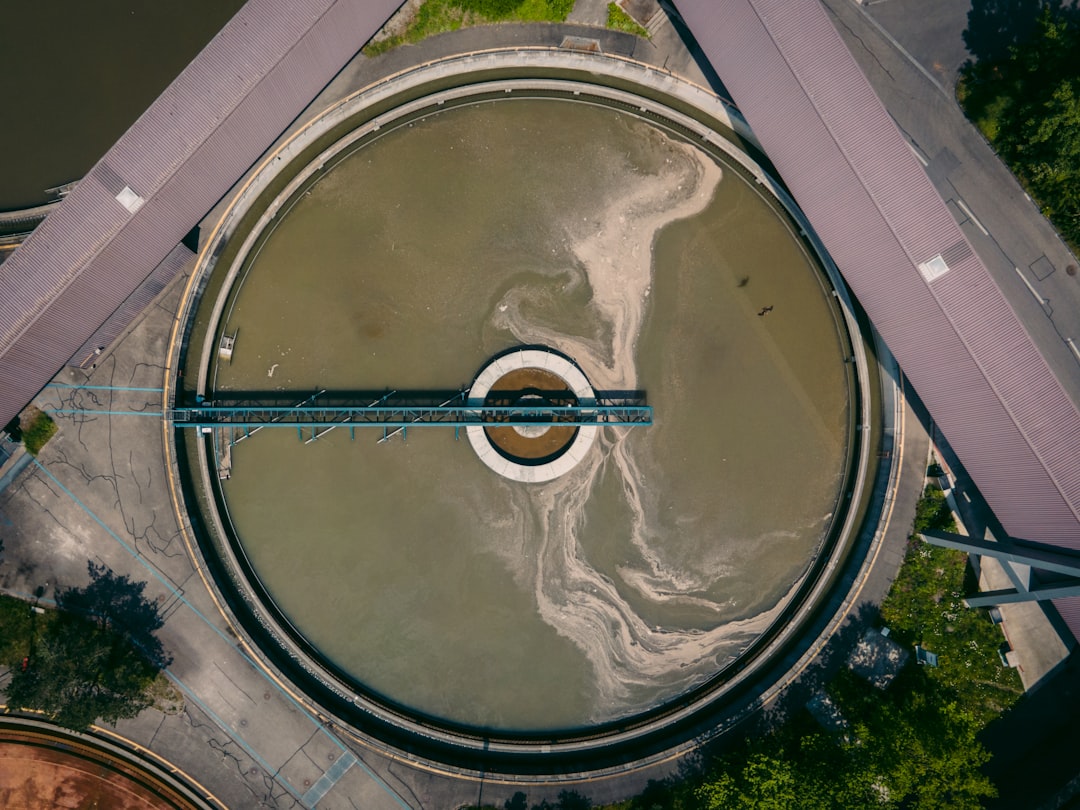What is it about?
Covalent organic frameworks (COFs) have attained substantial attention as promising candidate for pollutant adsorption due to extraordinary behavior in tunable porosity, large surface area, high crystallinity, reusability and surface chemistry. The data in this review has been compiled regarding mechanistic approaches of COFs towards adsorption of a variety of organic pollutants, including pharmaceutical, pesticides, dyes, and industrial waste. In addition, adsorption performance comparison has also been made between COFs and other materials. This review has latest data on the topic to understand and resolve present as well as future challenges.
Featured Image

Photo by Yogendra Singh on Unsplash
Why is it important?
The information that is presented in this paper has been collated in reference to the mechanistic methods that COFs use in order to adsorb a wide range of organic pollutants. These pollutants include pharmaceuticals, pesticides, dyes, and industrial waste. Also, a comparison of COFs and other materials in terms of their adsorption ability has been carried out. This assessment contains the most recent data on the subject, which can be used to better understand and address both current and future concerns.
Perspectives
This piece was a very enjoyable one to write since it features co-authors with whom I've worked for a long time. This article will also lead to cleaner manufacturing of organic pollutant adsorbing materials and their functioning.
Mr ADNAN IRSHAD
University of Education
Read the Original
This page is a summary of: A review on covalent organic frameworks as adsorbents for organic pollutants, Journal of Cleaner Production, May 2023, Elsevier,
DOI: 10.1016/j.jclepro.2023.136737.
You can read the full text:
Contributors
The following have contributed to this page










